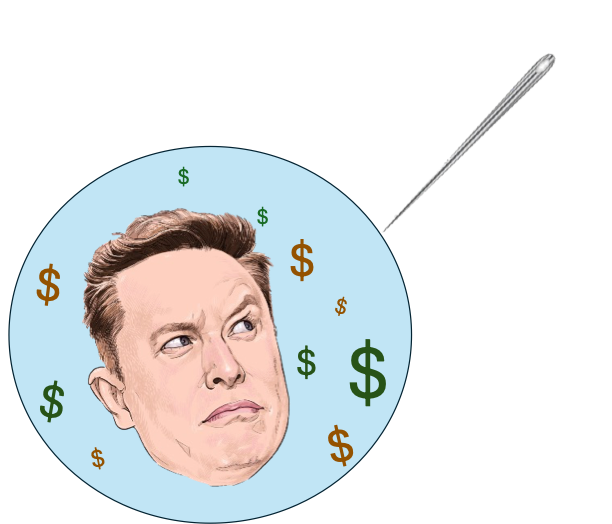Updated: Aug 13, 2020
As part of its commitment to Responsible Investing, Nordea Asset Management recently published a “successful example of engagement” with fast fashion retailer H&M (Hennes Mauritz AB).

This is what it said,
“On a site visit to Cambodia, Nordea inspected a supplier’s factory that had been flagged after an incident where workers fainted due to extreme heat in the building. Our team spotted several issues such as poor ventilation and lack of access to drinking water. As a result of the visit, a number of immediate action points were made to improve the working conditions. These included better air condition and more drinking stations.”
But does that really cut it? Think of the worst place you ever worked … probably you still had access to water and air? These are not ESG (environmental, social, governance) brownie points, they’re basic human rights. When fast fashion factories provide safer working conditions, that doesn’t make them good. It means that they’re meeting some of their most basic requirements.
So why do some asset managers present this as an ESG win? It’s like when the naughty kid in class behaves slightly better for a few hours and everyone needs to make a big deal out of it. Can’t we just be real about what’s happening?
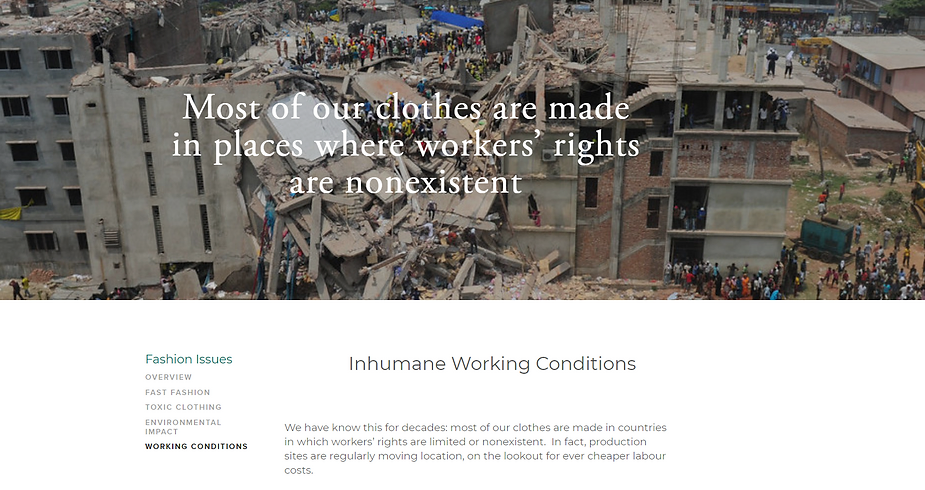
So less people are fainting in one factory … it’s still not good enough
Cambodia is infamous for its inhumane treatment of garment workers. In 2014, we saw police open fire on desperate protesters who were asking for a basic living wage of just £97 a month. Today, nothing has really changed. The modern-day slavery and unsanitary conditions are driven by fast fashion companies. Research into why so many Cambodian garment workers are fainting in factories shows that it’s severe cases of malnutrition which is the main culprit. Workers cannot afford to eat sufficient amounts of food, because of their terrible pay. They’re put in physically taxing environments with no water for impossibly long days. So don’t tell us that fast fashion is ethical. People’s livelihoods are considered more disposable than the clothes they make.

But it’s not just H&M in Cambodia. These distressing work place conditions apply to 40 million garment workers globally and 85% are women[1]. Reports show that workplace beatings[2] are common, and employees earn far below the living wages, in suffocating and dangerous conditions. To help make the world a better place, we need to cut out these terrible business models which thrive on cheap fashion.
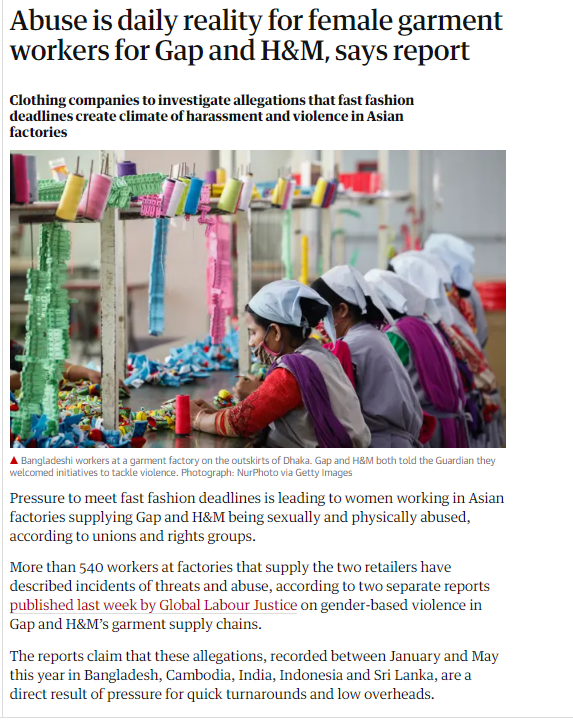
So many fast fashion brands have made these big sustainability commitments but it counts for nothing. Topshop have their “fashion footprint” ethics, which commit to:
“Lawfully, through fair and honest dealing; without exploiting the people who made them; in decent working conditions; and without damaging the environment”.
But just last month they cancelled pre-existing orders, leaving garment workers desolate, in totally hopeless situations. Doesn’t this show how these commitments are nothing more than semantics?

Nordea shouldn’t need to send a team to Cambodia to help prevent employees from fainting in their work environment. Obviously. It’s barbaric. It’s a clear violation of basic human rights to put people in such unsafe and degrading conditions. No factory or company should be praised for providing their staff with access to water or air. They especially shouldn’t be given an ESG trophy or “star”. They should be completely ashamed of themselves and compensate their workers immediately. It’s exactly this kind of greenwashing which is screwing up the world. People don’t want to invest in nonsense ESG, they want to invest in real ESG.
Instead of “recycling” clothes, just stop making (and burning) so many of them. The planet can’t cope.
The fashion industry is a shockingly guilty participant in our environmental crisis, accounting for an eye-watering 10% of all emissions. It’s also the second-largest consumer of the world’s water supply. We need to stop pretending that these companies are in any way “environmental” because they are not. Recycling a little here and there does nothing.
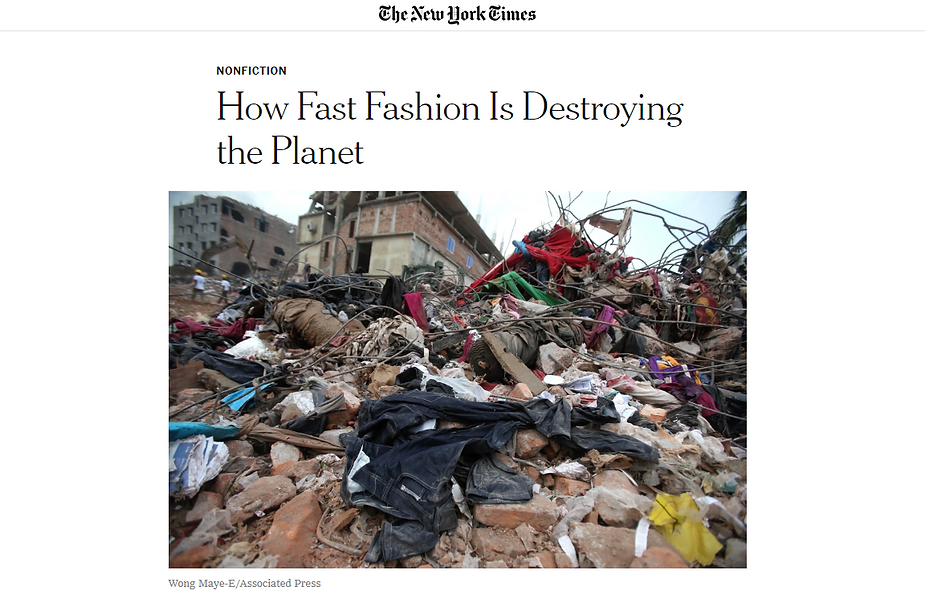
When they make claims that they clean up some of their own mess, it doesn’t make them less of a polluter. It’s like burning down a house, and sending someone to sweep up a tiny bit of debris, while you burn the next one. It’s madness that they do this and then expect an ESG trophy.
Like nearly all fashion retailers, H&M burn clothes that don’t sell or that they can’t recycle – like the ones you might hand in at their recycling box. In 2012, it was alleged that they burned 12 tonnes of clothes[3].

Since 2018, H&M have been really ramping up their ESG credentials. They’ve practically made a whole website dedicated to how well they treat garment workers and the environment. They’re committing … no they’re not… they’re “aiming” to use only recycled or sustainably sourced material by 2030 and become carbon positive by 2040. By which time, a series of non-reversible environmental events will have already been triggered, causing untold suffering. So that’s a pretty pointless time scale. These promises are so wishy washy. It’s too little, too late. They’ve also signed the UN Global Compact initiative for a better future, which is a lovely sentiment… but where’s the action? Why can’t they stop polluting the planet now?
Instead of signing things and recycling, they could just stop fuelling this terrible mass-production fast fashion machine. We don’t need so many cheap clothes in the world. We already have more than enough. Any retailer which encourages you to consume more and more flimsy products from half way around the world is obviously not an ESG company.
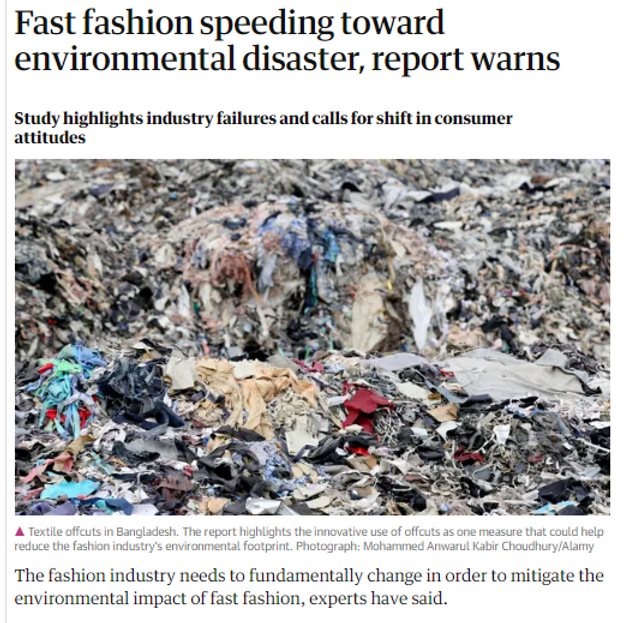
Cheap clothes are making us poor and unhappy
Forty years ago, in the 1980s, our wardrobes were just one fifth[4] of what they are today. And unlike now, where around 22 items in our closets remain unworn, our garments were better loved. While the rise of fast fashion makes clothes feel more affordable, on average, we’re each spending a colossal £133,640 over a lifetime[5].
But it’s not only fast fashion which is guilty, luxury and high-end clothes are just as bad. Animal welfare groups have long protested the leather, fur, silk and wool processes used to make high-quality clothes. While the clothes last longer, they still create a devastating impact on the world’s resources and water sources.
For those who feel that it’s cost-effective to buy cheaper clothes, the World Economic Forum recently found that our clothes in 2020 also last only half the time that they just did six years ago[6]. We’re throwing away our money. Sadly, this isn’t the only cost.
As we consume more, studies show how we’re becoming increasingly poorer and unhappier, with millennials seeing a year-on-year rise in depression[7]. Mindless consumerism such as shopping splurges in fast fashion outlets is so destructive for our sense of self. Retail therapy is not real therapy. Spending money on cheap clothes instead of fulfilling experiences or education is a terrible choice. It doesn’t fulfil our creative desires and just makes us look the same as other people. We need to stop. The “buy me and you’ll be happy” marketing needs to stop too.
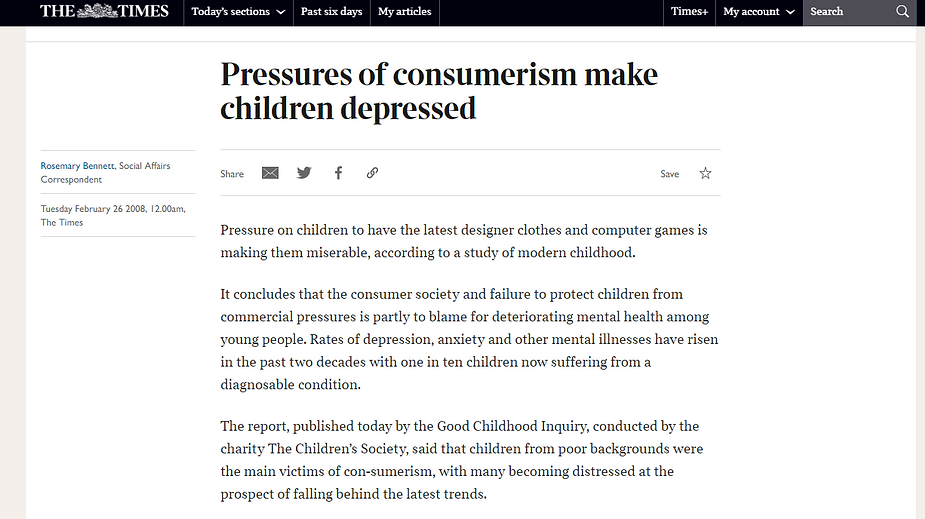
So let’s stop the bollocks? Let’s stop the greenwashing?
Asset managers need to show us a clothing retailer who’s committing to real change or a genuinely sustainable producer who needs our investment.





